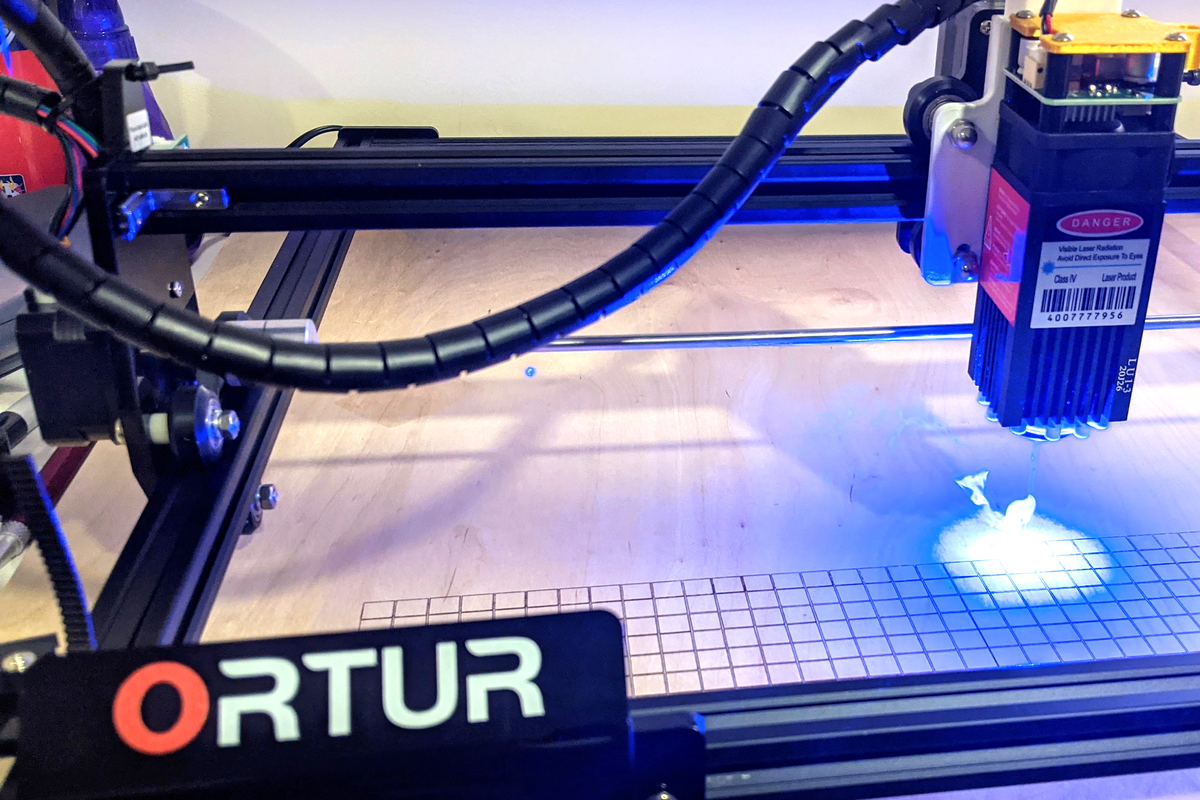Key insights
-
1
Historical Development
Laser cutters have come a long way since their inception. Initially used for industrial purposes, they have now become accessible to hobbyists and small businesses due to advancements in technology and reductions in cost.
-
2
Versatile Applications
Laser cutters are used in a wide array of industries, including manufacturing, art, and prototyping. They can cut through various materials such as wood, metal, plastic, and fabric with high precision.
-
3
Current Limitations
Despite their versatility, laser cutters do have limitations. Issues such as material thickness, cutting speed, and the initial cost of high-quality machines can be barriers for some users.
-
4
Future Prospects
The future of laser cutting looks promising with ongoing research and development. Innovations such as improved software, more efficient lasers, and potentially lower costs could further broaden their accessibility and applications.
Takeaways
Laser cutters have significantly impacted various industries by providing precise and versatile cutting solutions. While there are still some limitations to address, the continual advancements in laser cutting technology suggest a bright future with even broader applications and accessibility.

